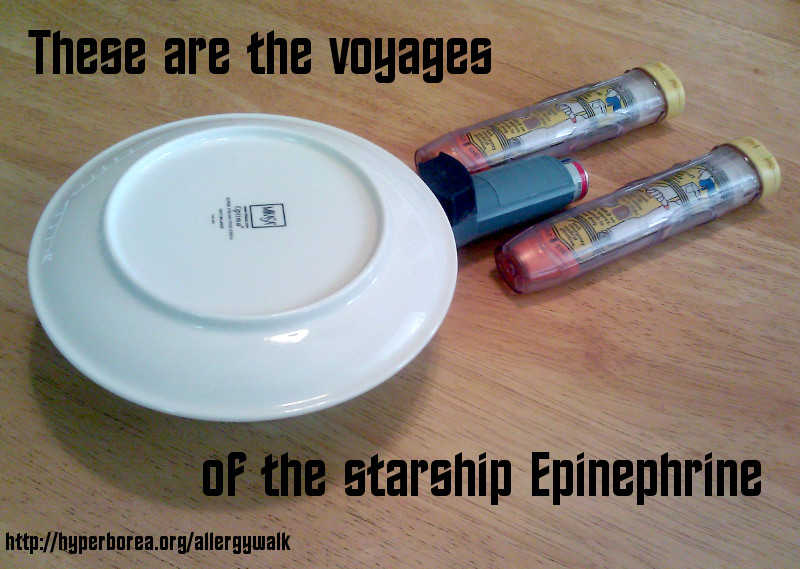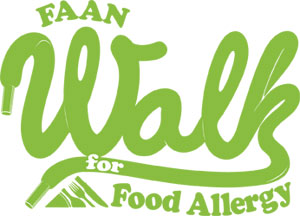Allergic Living reports on a peanut allergy treatment study that shows a great deal of promise. Called sublingual immunotherapy, or SLIT, it’s surprisingly simple: Introduce a small amount of peanut protein in drops beneath the tongue each day, slowly ramping it up over time.
After 44 weeks of the daily doses, 70 percent of those getting the peanut powder could tolerate at least 10 times more peanut in an oral food challenge before showing symptoms than they could have at the outset of the study. In a follow-up challenge at 68 weeks, they could tolerate about twice as much again.
It’s a similar premise to allergy shots, which work well for airborne allergens but not for food. And while I’m creeped out by the idea of deliberately ingesting something that I’m used to avoiding because it could kill me (this has to be done under medical supervision!), like so many other things it’s all about dosage. It makes sense that it could work.
The main drawback is that 30% of the participants didn’t show improvement, though the people running the study suspect that it’s a matter of finding the right dosage for each patient.
The article mentions another problem being that the amount tolerated is relatively small: they could eat the equivalent of two peanuts before experiencing allergy symptoms.
I say: Two peanuts? Are you kidding me? I would LOVE to be able to safely eat that much!
So it’s not enough to eat Thai food or PBJ. It would mean I can stop worrying so much about cross-contamination! I’d still carry my epi-pen around, but I’d feel a lot safer about, say, drinking a milkshake at a restaurant that also serves peanut butter shakes, or eating an eggroll at a place that also has kung pao, or eating a chocolate chip cookie that’s been stored on the same shelf as the peanut butter cookies.
One question I do have is how effective it is at reducing sensitivity to similar allergens. Would taking the peanut treatment help someone tolerate legumes better, or are they different enough to require a separate course of treatment?


